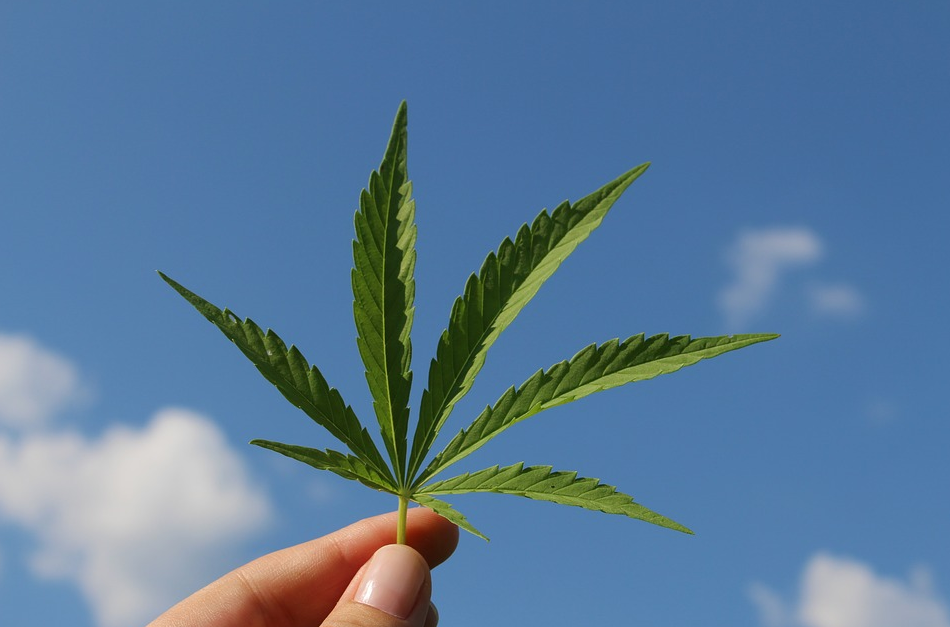Popularity is inherently attributed to be a positive thing. However, when it comes to trademarks, attaining a certain level of popularity for your trademark can result in negative repercussions. More specifically, a trademark gaining too much popularity can lead to the trademark losing some rights and becoming generic.
A trademark gives its owner the right to stop others from the making, using, selling, offer to sell, and import of something they own a trademark over. However, not all trademarks are created equally. A trademark has an associated strength to it which determines whether the trademark is considered to be strong or weak.
In general, a rule of thumb to follow when it comes to the strength of a trademark is that the more descriptive it is, the weaker the trademark is. Trademarks are generally grouped into one of four categories of distinctiveness: coined, arbitrary, suggestive and descriptive, from most to least distinctive.
Descriptive marks, marks which are the most difficult to enforce and are words or designs that unimaginatively describe the product or service they reference, are not registrable either even though they can eventually become registrable after five years. Suggestive marks are marks that hint at what the product or service trademarked does or looks like but require more imagination to figure it out. Coined marks are made-up words which did not exist prior to the trademark on them. Arbitrary marks are marks that involve a word with a dictionary definition that applies to the function or design of the product or service trademarked. Coined marks are generally preferred as they are the easiest to enforce and register while also being the most distinct. Any of these four categories of trademarks are at risk of falling into a fifth trademark category: generic marks.
Generic trademarks are not eligible for trademark protection. What makes this dangerous is that is a trademark can become the generic term for a product, due to that product’s popularity. This is known as “Genericide”. Put another way, genericide is when a name becomes so popular that it becomes the generic term for that thing in the public’s mind, putting the owner of that trademark at risk of losing their mark.
This type of situation is more common than you might think. The following is a compiled list of twenty well-known companies owning a trademark on their product or service’s name who are in danger of, or have already suffered, genericide.
In general, to avoid genericide regardless of the category within which the trademarked brand lies, one must protect trademark rights by monitoring the use of the trademark, educating the public about the public use of the trademark, presenting the style of the trademark in proper form in terms of font and style and never use the trademark in a generic manner. Consumers should also be discouraged from using the trademark in a generic manner to avoid massive popularity becoming your trademark’s ruin.
A company who has successfully avoided genericide thus far, Xerox, did so by taking multiple preventative steps when the threat of genericide arose. Xerox manufactures printing and photocopying machines and its name, “xerox” is often used as a verb to indicate the act of photocopying something.
To avoid losing its trademark due to genericide, Xerox took to educating the public and asking that they not use their trademarked name as a verb to prevent them from losing their trademark. They did this by running advertisements that informed the public about their trademark concerns. One of these advertisements featured a vest with a zip in it and conveyed the message that “Zipper” was once a trademark and that if people continued to misuse Xerox as they did Zipper, Xerox may be in danger of losing their trademark. Another advertisement’s message was that “When you use ‘Xerox’ the way you use ‘Aspirin,’ we get a headache” alluding to Aspirin which was once a trademark owned by pharmaceutical company Bayer until 1919.
In addition to designing advertisements to get the public’s help in avoiding genericide, Xerox also worked in conjunction with dictionary publishers to include in the definition of “Xerox” that while it may be used to mean “to copy” it is a registered trademark which is commonly misused. Xerox also worked with organizations such as Wikipedia to add the latter fact to their content featuring the word.
While the public’s use of a trademark as a generic term for a product or service may seem enviable at a first glance, genericide ultimately results in damage to the owner of the trademark. In the case of Xerox, for example, were they to lose their trademark, rival companies could use the name “Xerox” in their operations and the original Xerox’s right to litigate this in federal court may be taken away, as they have lost ownership of their mark.
So next time you “xerox” something or borrow a “scrunchie” you may want to keep the concept of and consequences that come with genericide.
Before you are tempted to say you are “Xerox”-ing something, you may want to check that the printer you are using is Xerox brand. Your best bet, either way, is sticking to “printing” over “xerox”-ing, for genericide-avoidance purposes.









